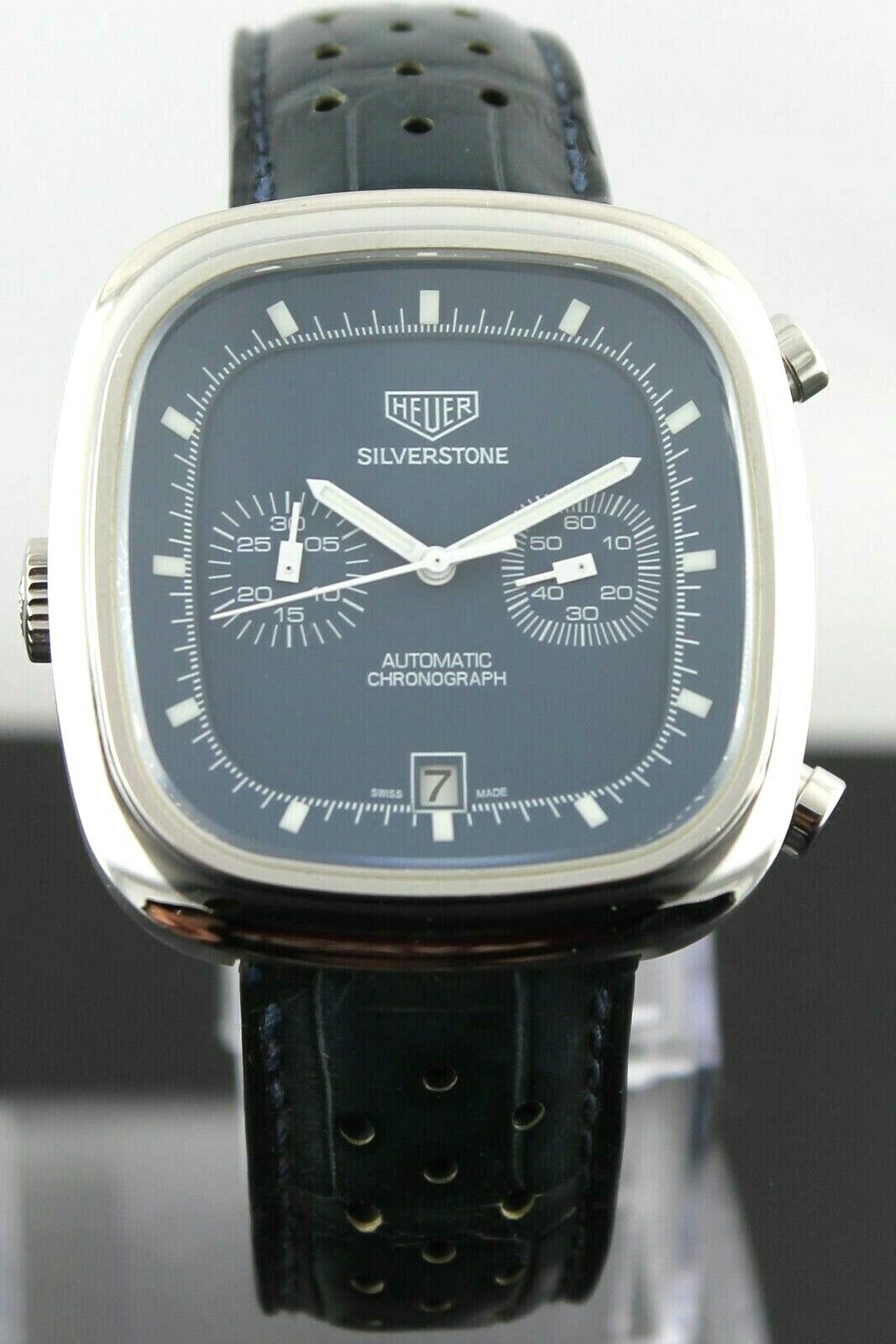In 2010, FP Journe celebrated the 10th anniversary of the famous stopwatch resonance with a new collection of watches. All models in this collection, including older divine models, sometimes entirely in pink gold or platinum and assorted dials, sometimes with nice leather strap. Everything is done in perfection, to reveal the grace of the object and watch making prowess he has.
The movement, spearheaded the watch is a mechanical movement with manual winding 750/1000 Rose Gold (18k) COSC, Manufacture caliber 1499.2, which includes the famous resonance mechanism certified.
Found on the dial indication of hours, minutes and small seconds on two separate (Dual Time) and ringed dials. The power reserve is reversed to 12, informing them of the hours that would have elapsed when the time comes assembles again.
The principle of resonance stopwatch is extremely complex but it can be addressed, for the first time as well, as described by FP Journe brand itself:
When the body senses a vibration, it absorbs energy and vibrates at the same frequency. The first is called the second exciter and resonator, whereas the two pendulums inside are alternately exciter and resonator. Thus, when the arms are moving, they come into sympathy by the resonance effect and friction in opposition. Both gimbals help each other, giving them more inertia movement. This agreement is only possible if the frequency difference from one to the other does not exceed five seconds per day combined on six positions difference. Their setting is of extreme delicacy.
While an external disruptive movement affects the operation of a conventional mechanical watch, this same disturbance in the case of the watch to resonance, an accelerating effect of the gimbals as it slows down the other. Gradually, the two balances come towards each other to find their point of agreement, eliminating the disruption, resulting in increased accuracy. In other words, where a movement with a unique balance that takes a shock accelerated or slow, eventually getting ahead or behind in the indication of time, in a movement with these two balances, one can compensate each other in crashes and to provide extreme precision.







